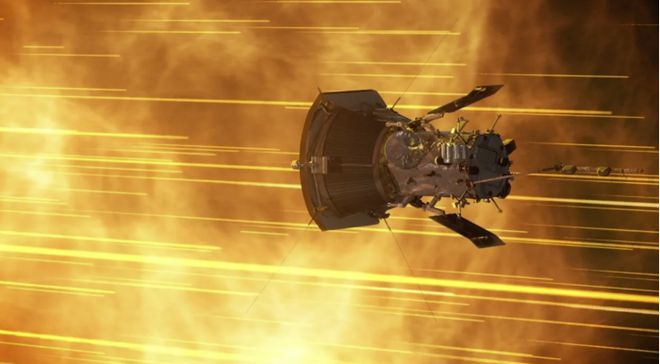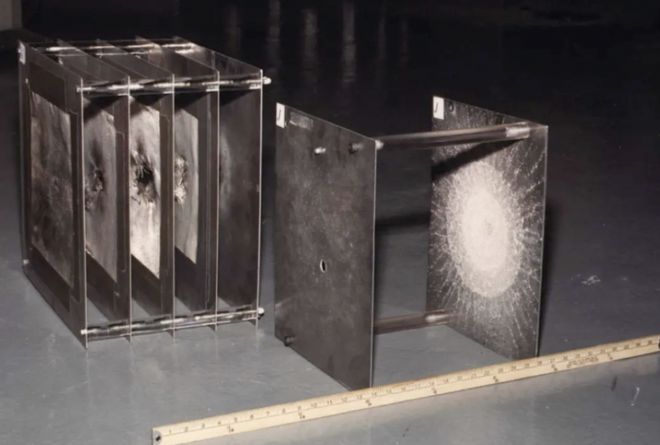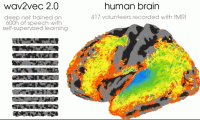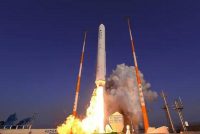The news came as a bit of a shock, as the impact occurred within just five months of the telescope’s launch into space, but such impacts are just one aspect of space travel that is inevitable, and more are sure to be on the way. In our solar system, tiny space dust is passing through the region between our planets at an alarming rate, reaching speeds of tens of thousands of miles per hour. These micrometeoroids, no larger than a grain of sand, are usually small fragments of asteroids or comets that are now orbiting the sun. And they are everywhere. According to a rough estimate, the total mass of the small meteoroids in the inner solar system is about 55 trillion tons, and if they were all combined into a single stone, they would be the size of an island.
This means that if you send a spacecraft into deep space, it’s bound to be hit by these little space rocks at some point. Knowing this, spacecraft engineers will take certain safeguards when building their vehicles to prevent impacts from micrometeoroids. They’re usually protected with something called a Whipple shield, which is a special multi-layer barrier. If the shield is hit by a micrometeoroid, the particles will pass through the first layer and shatter further, so the second layer will be hit by smaller particles. This shielding is often used around sensitive parts of a spacecraft to provide additional protection.

But for NASA’s James Webb Space Telescope (JWST), it’s a bit trickier. The telescope’s gold-coated mirrors must be exposed to the space environment in order to properly collect light from the distant universe. While these mirrors are built to withstand some impacts, they’re more or less sitting still for larger micrometeoroid impacts, such as the one that hit the JWST in May. While the micrometeoroid was still smaller than a grain of sand, it was larger than NASA expected and large enough to cause damage to one of the mirrors.
Micrometeoroids have various origin stories. They may be the product of high-speed collisions in space that shatter space rocks into tiny fragments. Asteroids and comets are also bombarded by space particles and photons from the sun over time, causing small fragments to break apart. An asteroid can also be too close to a large planet like Jupiter, where strong gravitational pulls can rip off pieces of rock. Or an object could get too close to the sun and become too hot, causing the rock to expand and break into pieces. There are even interstellar micrometeoroids, which simply pass through our solar system from more distant cosmic neighborhoods.




GIPHY App Key not set. Please check settings